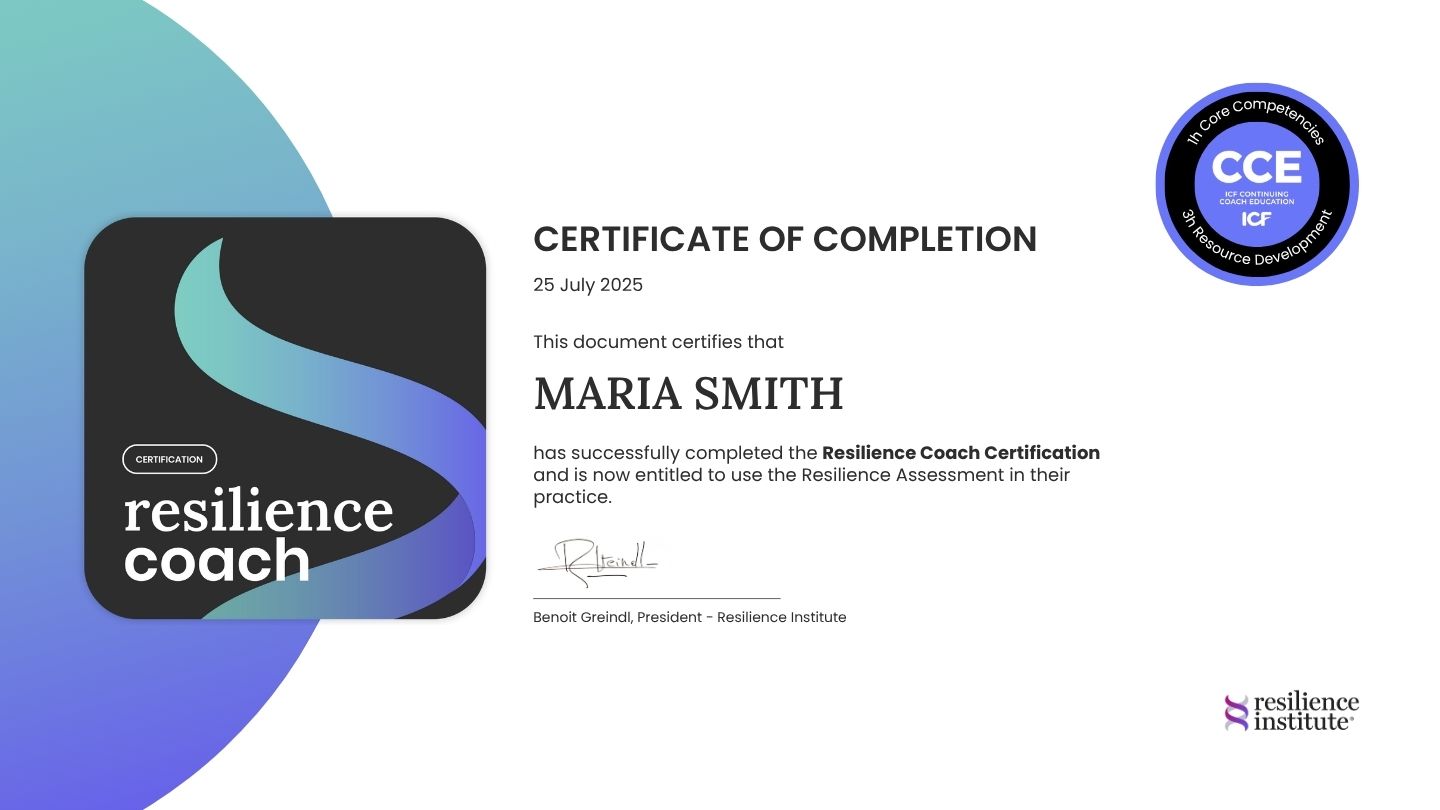
How to Reintegrate an Employee After Mental Distress
We are more aware of mental health. Yet, when one of your team is affected, what exactly do you do? How do you talk to someone diagnosed with mental illness? How do you engage with them whilst away or in distress? How do you help them recover? How do you reintegrate them with productive and fulfilling work?
The Context
Here is a case in point. A senior director—and a powerhouse of productivity for decades—was diagnosed with depression. Her doctor made the diagnosis and put her off work for a month. The partners rallied to support her workload and sent her home.
What do you think happens when someone whose life is their work goes home for a month?
Not surprisingly, when she returned to work, she was more distressed. The doctor prescribed more time off work. The human being, the team and the workflow were compromised for months.
Managers are not psychiatrists. Be humble and respectful. Use expert resources when needed. That does not mean you can abdicate your responsibility for leadership when one of your team is suffering. Three disciplines can help us reintegrate people better and faster.
Coach for Prevention
Most of us experience anxiety and worry, and it keeps us alert to the danger ahead. A little fear can drive productivity and innovation. When the experience of fear becomes pervasive, and out of context for more than six months, it may be diagnosed as an anxiety disorder. One glance at the DSM-5 criteria will show you how common this experience is.
Coaching tips for fear:
- As much as possible, give people certainty about the future
- Be alert for signs of anxiety—fear expressions, fast breathing, repetitive worry
- Acknowledge anxiety and worry and then encourage deliberate action to remedy
- Reassure your team and remind them how well the team engages with adversity
- Model calm, confident and deliberate responses to pressure
- Remind people to be calm, confident and curious in adversity
- Encourage regular breaks that include movement, nature and socialisation
Disappointment can lead to sadness, and it is an emotion that encourages us to try again and succeed. When we are stuck in sadness and self-blame for more than two weeks, it may be diagnosed as depression, according to the DSM-5. Depression will reduce productivity and innovation.
Coaching tips for sadness:
- Encourage tolerance of error and failure if the intention is constructive
- Use errors to stimulate learning and problem-solving
- Model and expect realistic and practical optimism
- Celebrate and reward success and achievement of goals
- Encourage positive and safe social engagement across your team
- Be sure to communicate your EAP (employee assistance program)
Be assertive with expert advisers
You know your people. A doctor has a few minutes to diagnose and treat a complex condition. They make mistakes. Anxiety disorders and depressive disorders are the most common by far. Autism, attention, and bipolar disorders are next. In most cases, people can still be safe and productive at work.
The structure and rhythm of work with social engagement is an important part of healing. So, if an adviser recommends time off, seek clarification. Ask about the person coming in for a couple of hours a day or as they feel fit. Keep the person involved and your HR adviser in the loop where possible.
If you get a diagnosis of ‘burnout’, ask for clarification. It is not a clinical diagnosis.
Remember that home can be lonely and dismal for some. If work is an essential part of life, bumping around a small, lonely flat for weeks is often an additional stressor.
Regular, albeit modified, time in the office is an important part of prevention and treatment.

Strengthen and structure communication with colleagues in distress
In distress, we lose confidence, worry and ruminate. It is unsettling when one of your team is suffering. It is easy to avoid engaging, and this will cause more doubt and distress. Maintain regular, honest and purposeful communication. Show you care and ask them directly how they are doing. Give them straight feedback on the work situation.
Be clear that you expect them to return to the team and will help them through the process. Ask them what they will do to drive their recovery. Ask them how you and the team can support them. Be clear that you will maintain contact if they are put off work. This should be at least weekly.
Coaching tips for recovery and reintegration:
- Book an honest and supportive meeting as soon as mental distress is signalled
- Demonstrate your empathy and commit your support to their recovery
- Clarify what the organisation can and will do to help
- Review their recovery plan and recommit your support
- See if you can agree on a date for return to normal work
- Schedule weekly check-in calls to monitor progress
- Offer and encourage the person to come into the office as soon as they feel ready
- Explore part-time, reduced hours or selected tasks as options to stay connected
- Structure the person’s return to full work duties
- Provide your support and team support for the reintegration process
Remember that mental and emotional distress is a normal part of life. In general, people will bounce forward and grow following adversity. Your workplace can be a cause of distress. It can also be a constructive force for resilience and well-being. Leaders can create an environment and culture of resilience. Work can and should be a force for good.

